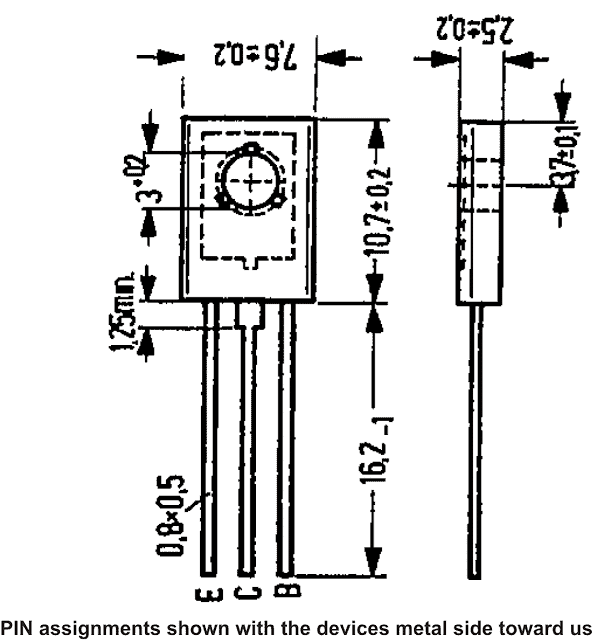In this article we are going to make an effort to understand the technical specs of the BJTs BUX86 and BUX87 which are high voltage complementary paired transistors.
Introduction
The Bux 86 and BUX 87 are typically high voltage switching transistors with silicon epibase. They come in TO-126 package and are NPN types.
These devices are especially known for their outstanding short switching characteristics and for having a high dielectric strength.
The main applications using these devices can be found with TV circuits, electronic ballasts, converters, SMPS power suppliers etc.
Technical Specifications and Electrical Tolerances
- The maximum tolerable electrical parameters for BUX 86 and BUX 87 may be understood with the following points:
- Maximum collector to emitter voltage for BUX 86 is 400 volts and 450 Volts for BUX 87.
- Maximum tolerable collector current for is 500 mA for both the devices.
- Maximum tolerable instantaneous peak current across collector and emitter is 1 Amp for <2 ms for both the devices
- Maximum tolerable constant base current is 200 mA for both the devices.
- Maximum peak instantaneous base tolerable current is 300 mA for both the devices.
- Maximum power dissipation must not exceed 20 watts for both the devices
- Typical Static characteristics @ 25 degree ambient temperature of BUX 86 and BUX 87 transistors are listed below:
- Collector cut-off current is <0.1 mA
- Typical forward current gain for both the devices is around 50
- Collector to emitter saturation voltage is less than 1.5 V @ 100 mA collector current and 10 mA base current.
- Base to emitter saturation voltage is less than 1 volts @ 200 mA collector current and 20 mA base current.
- Maximum frequency handling capacity is 20 MHz for both the devices
- Turn ON switching speed is 0.25 micro-second.

Need Help? Please Leave a Comment! We value your input—Kindly keep it relevant to the above topic!